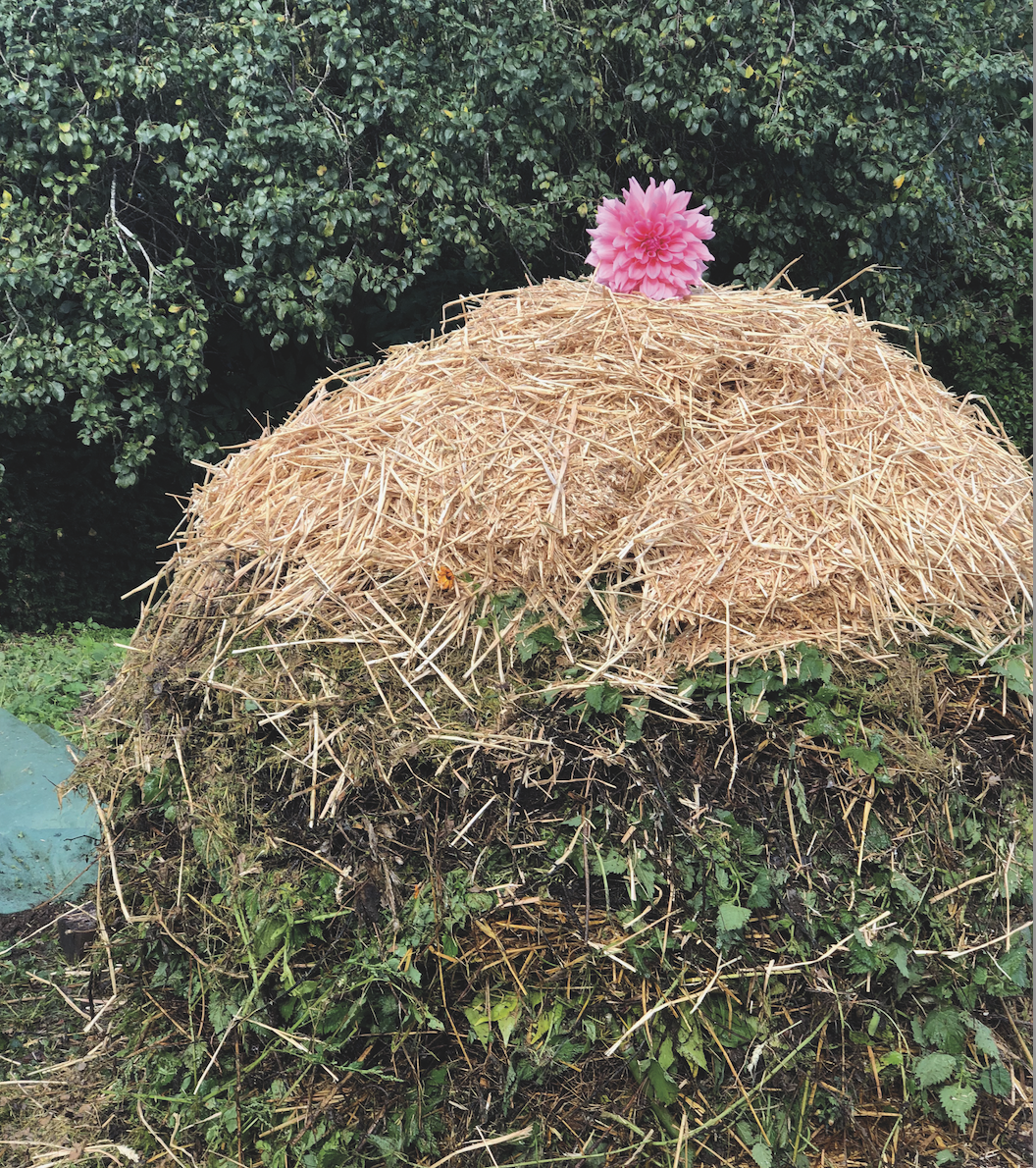How sad sterile bags of compost inspired a soil revivial.
Concern for our climate and the diminishing carbon levels in our soils was one of our key motivations to pioneer a compost revival. We have spent over 15 years researching with soil experts and scientists how to make the best microbial compost possible; from Kay Baxter, NZ to Elaine Ingham, USA and finally to Angelika Luebke and Urs Hildebrandt, in Austria.
Angelika and Urs generously guided our every move, teaching us all they had learned from Angelika’s parents, who had in turn learned from Pfeiffer, a pupil of Steiner. They continue to inspire us to make better compost. Following the downwind fallout from the Chernobyl nuclear reactor accident, root vegetables raised on their farm (with their compost) were uniquely free of radioactive contamination in comparison to other farms in the region. It appeared that, once functioning correctly, the microbes in the soil can cleanse both soil-borne and atmospheric toxins.
As growers of organic cut flowers at Wardington Manor in Oxfordshire our mood dipped each time we opened bags of bought compost; at their best, they contained undigested matter and no microbial life and, at their worst, remnants of the toxic broad leaf spray, aminopyralid and plastic.
Our solution
‘Climate Compost’, is a biologically active compost filled with diverse microbial life. It looks and feels different to other compost. It is a rich brown colour, similar to the colour of 70% dark chocolate and is friable–similar in feel to a healthy soil. It has no organic matter pieces about 0.5mm, it feels moist (approximately 55% moisture) and has a greasy film indicating microbial activity.
This has now been validated through scientific tests which have shown it is abundant in diverse soil microbes. It is the presence of this web of life in the compost which gives humifying abilities to the soil, building humus levels beneath ground. Humus is 60% carbon and is created biologically, ensuring carbon is sequestered in a stable form, thus giving plants the ability to be resilient in the face of climatic extremes or stress from pests and diseases.
We were thrilled to find out that in our organic garden Climate Compost had the ability to sequester carbon permanently in the soil. Ian Robertson of Sustainable Soil Management compared Albrecht tests on our horticultural walled garden over the ten year period that we started using Climate Compost and found our organic matter levels had jumped from 5% to 12%.
We ran trials with Innovative Farmers both at Wardington and around the world, looking at this composting method in different climates using local inputs. On an island off Mozambique, Polly Nicholson initiated a trial with the local villagers, making compost with goat’s manure and banana leaves enabling them to grow vegetables where previously they had no topsoil. At Wardington we found our sweet peas grew 47% longer and the second year following application of the Climate Compost, the sweet peas grew longer again and were more robust, suggesting that once rebooted the biology in the soil self-organised to feed the plants. In Sweden, Josef Carey, an arborist used this composting method to make innoculums to inject tree roots of sick trees.
For years we made Climate Compost in windrows by hand, but we realised this was not sustainable for us or for most gardeners so we started trialling a static method of composting – a Compost Cake recipe.



